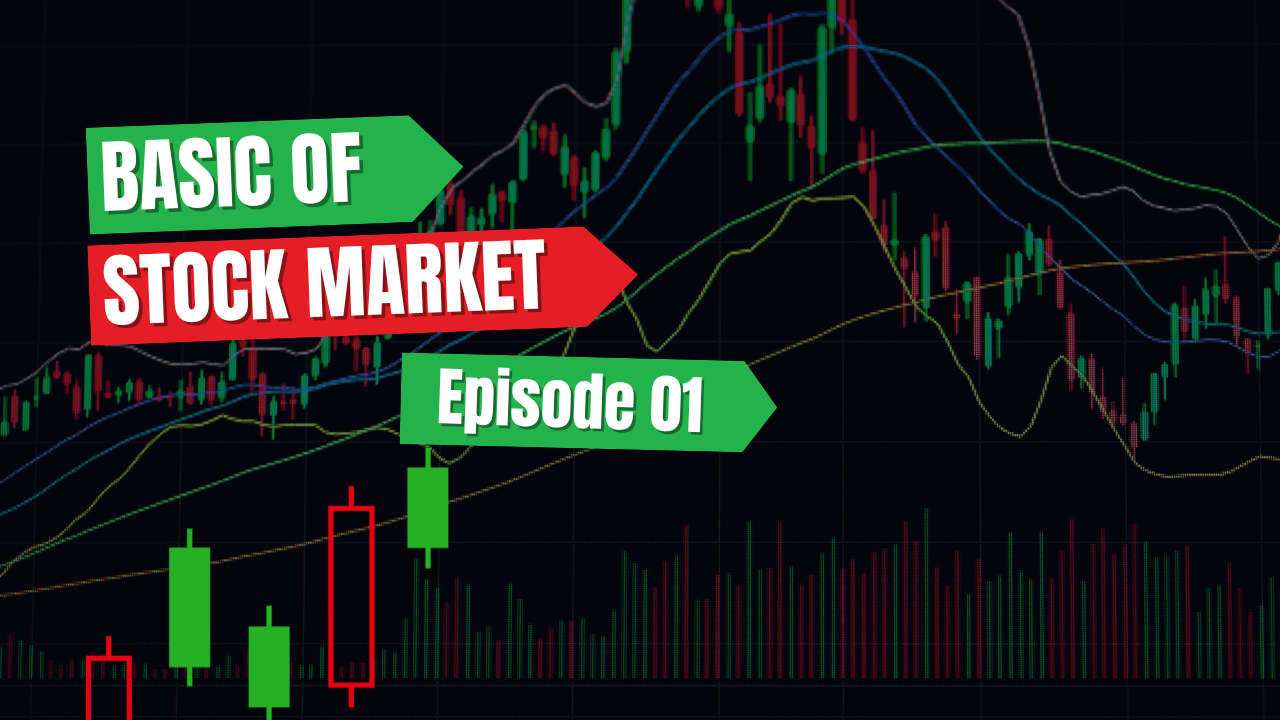When discussing features of trade in the forex market, you can often hear tips on how to discover what is the best currency position. However, rarely considered tactics exit. Closure position is perhaps even more important aspect , than the torque input. Transaction closed on time determines the amount of profit. Knowing the different ways to exit from the market gives the trader the opportunity to fix the potential even greater profits. There are several useful ways of closing the position , which is quite easy to use and that may be part of a trading plan.
Stop Loss
Placement of stop-loss – this is a very popular method of risk control and out of position at the time when the trader is not willing to bear further losses . Suppose a trader opens a long position in EUR / USD from 1.3000 and place a stop loss at around 1.2950 . This means that the market participant willing to risk 50 pips ( 1,3000-1,2950 ) and looks forward to the potential profits before the pair drops to the stop level . Stop-loss orders placed during the auction and is calculated in advance.
There are a number of methods to determine the amount of stop-loss. Ultimately, however, it is necessary to place there, where the price , according to a trader gets only after location in an area of potential profit . This, in turn, provides a well-deserved reward for the risk taken .
To place stop-loss orders can be based on recent support and resistance levels . Consider Figure 1. If the trader decides to open short positions EUR / USD, based on the breakdown of the range set down (red arrow) , the stop -loss could be placed just above the resistance level at 1.4590 (yellow line) .

Figure 1: The 30 – minute chart of the pair EUR / USD
Stops can also be placed on non-traditional support and resistance levels . These include Fibonacci levels or support trendlines . Consider Figure 2 . After opening a long position in the pair AUD / CAD trader can place a stop -loss , based on the Fibonacci levels . They are based on the last pair of significant price fluctuations . So , stop-loss can be placed at 61.8 ( 1.0327 mark ) , which limited the previous fall. Alternatively, you can use the trend line as a pair with high probability find support there is (also mark 1.0327 ) . With regard to the trend line , it is important to note that its price value can change over time , as the line is sloping .

Figure 2: The 15 – minute chart of the pair AUD / CAD
Trailing stops
Using trend line for placing stop is an example of a trailing stop or trailing stop . Stop shifted to the entry point to the extent that the currency pair is moving in the direction of an open transaction . In other words , the trailing stop is dynamic and its value changes over time . A trader can also use the new support and resistance levels , which are formed as a pair of motion . Trailing Stop helps reduce the risks associated with changing the direction of price movement if the first couple moves after the transaction , and then turns in the opposite direction . Also trailing stop allows to fix the minimum profit , if the exchange rate has moved strongly enough and the deal became profitable. Should not be marginalized trailing stop entry price ( increased risk ) , as the main task of this order is to minimize risk . Figure 3 shows how to use a trailing stop support and resistance levels in practice. Transaction similar to that shown in Figure 1. Trader opens a short position in EUR / USD from 1.4510 with a stop loss at 1.4590 . First couple moves after deal , but then the course starts to grow . Once the price returns to the previous minimum downward wave resumes and feet lowered to levels just above the new resistance 1.4450 . Stop ” skipped ” after the couple and brought a guaranteed income of 60 pips , because now trailing stop is below the entry price .

Figure 3: The 30 – minute chart of the pair EUR / USD
Irrelevance of the criteria to enter the market
Another way to exit that is often neglected – simply closing a position in an environment where the criterion of entry into the market no longer exists. This method is especially useful if you open a position guided by signals from technical indicators . For example, a trader starts trading in the face of rising volatility in order to try to catch the strong fluctuations . In this case, to estimate the average level of volatility , you can use this as an indicator of the average true range (English average true range, ATR). Figure 4 shows how the level of volatility in the pair AUD / CAD increases with the beginning of the fall in prices. Trader opens a short position in a couple hoping for a quick profit. Among all the potential ways out of the market will be the most simple closing of the transaction when the level of volatility will begin to decline . Ultimately, if the measure of volatility cancels the original terms of the transaction , it is better to close the position .
